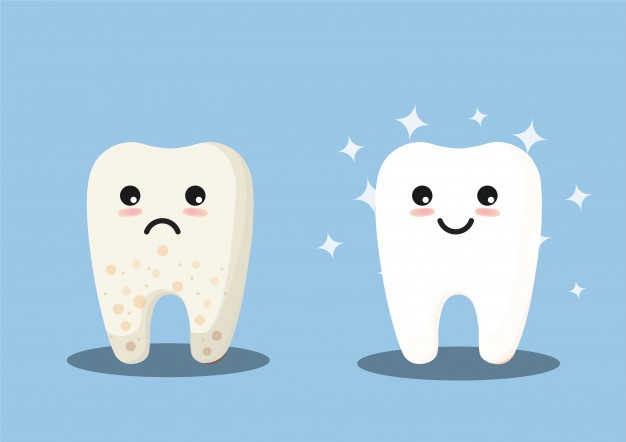BLEACHING
What is Bleaching?
Bleaching is the procedure of adjusting the color of the teeth to a tone which is suitable to original teeth color and the patient aesthetically, by removing discolorations on the teeth structure that happen for various reasons.
Natural color of the teeth get darker in time. These concentrations affect the aesthetic of teeth and mouth integrity. They also cause self-confidence problems and even make patients avoid smiling in time. Bleaching procedures has been preferred in the recent years in which smile aesthetics have gained importance and delivers a huge advantage to the patients with its psychosocial aspect.

What are the types and reasons of discolorations?
• Physiological discoloration that occurs related to age or
• Discoloration after dental treatments such as amalgam filling
• Excessive use of antibiotics in babyhood
• Excessive use of antibiotics during pregnancy
• Discoloration in the inner part of teeth after canal treatment getting visible on the teeth surface
• Discoloration on the teeth surface related to extended use of mouthwashes, red wine, coffee, tobacco and tea
• Discoloration related to bleeding and the loss of live tissue in the teeth
Discoloration can easily get repaired with scaling and polishing procedures. However, it is possible to repair discolorations which are irreparable with those methods, and to decolorize the teeth for a few more tones suitable to the patient’s desire and taste. With the bleaching procedures, teeth can get decolorized for 8 to 10 tones according to circumstances.
There are 4 different methods of Bleaching;
• Office Bleaching (Bleaching in a clinical environment)
• Home Bleaching
• Single Teeth Bleaching (Bleaching for teeth went under canal treatment)
• Combined Bleaching (Home + Office Bleaching)
Which methods can I use for Bleaching? Which is the most effective?
As mentioned before, there are different methods used for bleaching. In research of dental treatments, it is suggested that the two methods to take place at the same time is necessary for an effective bleaching, and even if it’s an Office Bleaching, it is recommended to support it with Home Bleaching for permanent color.
Is Bleaching safe? Or does it damage teeth?
It is proved in the researches that, bleaching procedures which take place in control of a dentist does no harm to the patient. Actual treatments that harm the patient are chemical and uncontrolled bleaching products that are sold by pharmacies or various companies.

Are there any side effect of Bleaching? If so, what are they?
Bleaching gels used in bleaching processes can cause dental sensitivities that can vary in severity from patient to patient. This sensitivity can be triggered by the pressure applied to the teeth after the procedure, along with the consumption of cold or hot drinks. In such cases, sensitivity can be reduced with topical (applied to a specific place) fluoride applied by dentists. Toothpastes consist of potassium nitrate and high levels of fluoride can also be used to reduce sensitivity.
How long does Bleaching last?
In this process, dentist examinations should not be disrupted. In addition to treatment, scaling and polishing can be applied by dentists if required. After bleaching, the color of the teeth never changes to its previous color, but of course according to our lifestyle and diet, tobacco and alcohol usage habits, some discoloring occurs, and the effect of bleaching may last for 6 months to 2 years depending on usage.
Nutrition and Consumption Habits Post-Bleaching
For 48 hours after bleaching procedures (ideally 7-10 days), it is necessary to avoid acidic beverages such as tea, coffee, coke, red wine, and colored food containing an excessive amount of sugar, because the effect of bleaching procedures continue in dentinal tubules even after the treatment. During this period, habits that may disrupt the process and reduce its effect should be avoided.

